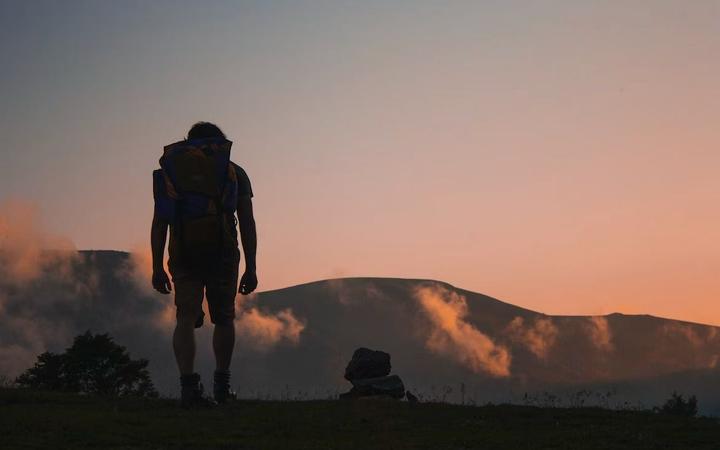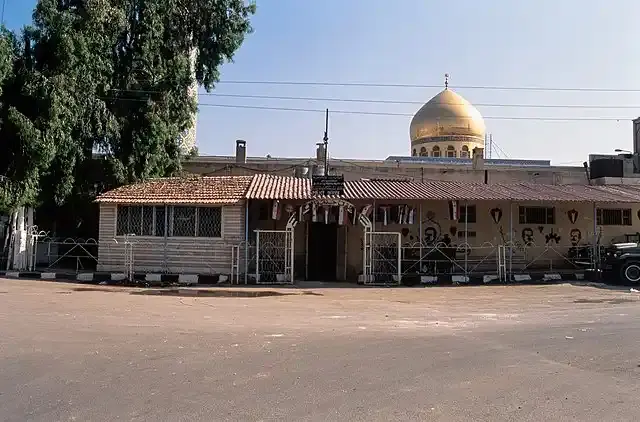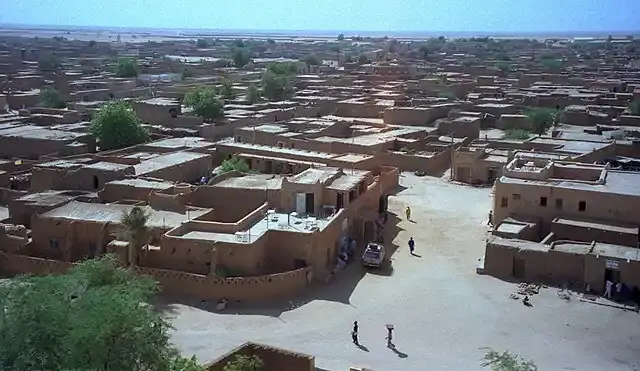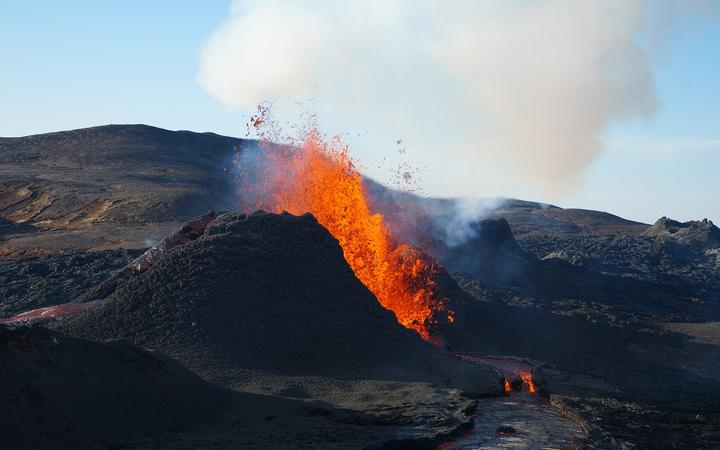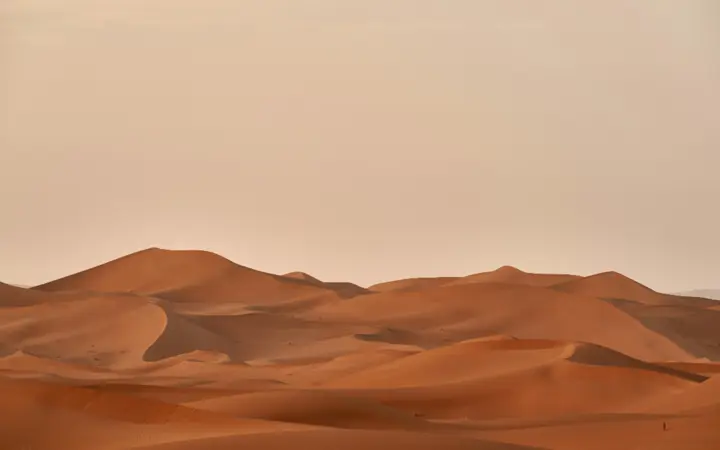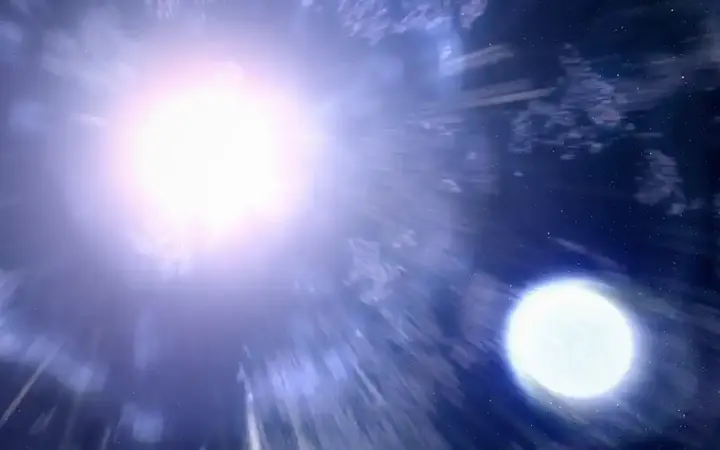Virtual reality technologies: How are they changing the way we learn and entertain?
In a world where technological progress is incredibly accelerating, virtual reality technologies have emerged as one of the most impressive innovations. This technology, once just a dream in fairy tales, is now a reality that is changing the way we learn and entertain.
Show key points
- Virtual reality has transformed from a fantastical concept into a powerful tool that enhances both educational and entertainment experiences.
- In education, VR enables students to engage in immersive learning scenarios, such as exploring ancient civilizations, traveling through the human body, or visiting remote natural environments.
- Interactive virtual environments promote deeper understanding and participation, making learning more effective, engaging, and fun across subjects.
- ADVERTISEMENT
- Successful applications like VR-based pilot and medical training demonstrate how this technology can provide realistic, hands-on practice in a safe and controlled setting.
- The entertainment industry has embraced VR to create immersive gaming, virtual cinema, and online concerts that allow users to feel part of the experience from anywhere.
- Artists and designers are pushing creative boundaries by using VR to craft interactive art pieces and visualize architectural projects in dynamic 3D environments.
- Ultimately, virtual reality represents not just technological evolution, but a cultural shift that opens new possibilities for human creativity, learning, and interaction.
With virtual reality glasses and companion devices, we can dive into interactive learning experiences that make learning more engaging and effective. Students can travel through time and space, explore Egypt's ancient pyramids, or roam outer space, all from within the classroom. In entertainment, virtual games and experiences offer new levels of immersion and engagement, making users feel like they're part of the story itself.
Recommend
In this article, we will explore how virtual reality technologies can enhance our educational and entertainment experiences.
Virtual Reality Learning

Improve the learning experience through interactivity
In recent years, we have seen a revolution in the way we learn, thanks to virtual reality technologies. This technology not only improves comprehension and comprehension, but also makes learning a fun and engaging experience. Through virtual reality, teachers can create learning environments rich in interactive content, allowing students to learn in a more effective way.
For example, medical students can explore the anatomy of the human body in a three-dimensional way, providing a deeper understanding of internal structures and physiology. In geology, students can take virtual trips to active volcanoes or the ocean floor to observe natural processes up close.
In the arts and humanities, students can visit museums and art galleries around the world without leaving the classroom.
The interactivity provided by virtual reality allows students to learn in an interactive and participatory way, promoting active learning and stimulating curiosity and creativity. Students can experiment and interact with learning materials in ways that were not possible before, resulting in a richer and more personalized learning experience.
Successful models of virtual learning
With the spread of virtual reality technologies, many successful educational models have emerged that take advantage of this technology to improve the educational process. These models show how virtual reality can transform education from a traditional system into an integrated and multidimensional learning experience.
Pilot Training
One notable example is the use of virtual reality in pilot training, where trainees can undergo hours of hands-on training in virtual environments that simulate the real conditions of flight without the risks associated with actual training. This allows them to develop their skills and build confidence in a safe and controlled environment.
Medical Education
In medical education, virtual models are used to train surgeons to perform surgeries. Junior surgeons can practice complex surgical procedures and learn how to deal with emergency situations in a risk-free environment, enhancing their practical skills and reducing the likelihood of future mistakes.
Primary and secondary education
Virtual reality technologies are also used in primary and secondary education to make school materials more exciting and interactive. For example, students can take virtual tours within biological cells to understand biological processes, or explore different ecosystems to learn the principles of ecology and sustainability.
These models demonstrate the tremendous potential of virtual reality to improve education and make it more interactive and relevant to the needs of students in the twenty-first century. By providing rich and diverse learning experiences, virtual reality can help achieve more inclusive and effective education for all.
Entertainment in the world of virtual reality

Virtual reality opens new horizons in the world of entertainment, where users can indulge in rich and multi-dimensional experiences. This technology allows individuals to feel part of the world they are exploring, whether it's video games, movies, or even virtual concerts.
Gaming
In gaming, players are able to embark on adventures that weren't actually possible, such as flying over clouds or exploring fantasy worlds. Virtual reality not only provides a visual experience, but also includes other senses such as hearing and touch, increasing the sense of immersion and realism.
Cinema
In cinema, viewers can experience their favorite movies in a whole new way, becoming part of the story and interacting with the characters and the environment. We have already seen some virtual cinematic experiences that allow viewers to roam within the film and explore it freely.
Concerts
Virtual concerts are also a great example of how virtual reality can be used in entertainment. Fans can attend concerts by their favorite artists from anywhere in the world, providing a unique and accessible experience for everyone, regardless of geographical location.
These experiences show how virtual reality can completely change the way we interact with entertainment content, making it more interactive and personal. As this technology continues to evolve, we expect to see more innovations that will enhance the entertainment experience for individuals around the world.
Virtual reality as a tool for creativity and innovation
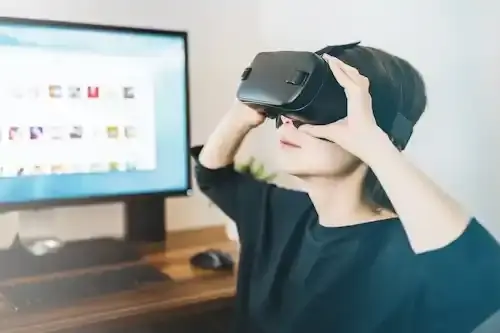
Virtual reality is not only about delivering immersive entertainment experiences, but is also a powerful platform for creativity and innovation. Artists and designers can use this technique to create three-dimensional artwork and designs in ways that were not possible before. Virtual reality allows creators to experiment freely in virtual environments, opening the door to new possibilities in art and design.
Field of Art
In the field of art, painters and sculptors can explore new dimensions of creativity, where they can paint and sculpt in the virtual space using special tools that allow them to express their ideas in innovative ways. This creates interactive art experiences that the audience can participate in and interact with directly.
Design field
In design, architects and interior designers make use of virtual reality to visualize and navigate projects before they are implemented. Customers can dynamically experiment with designs and provide feedback instantly, helping to improve the design process and achieve better results.
education
Virtual reality is also used in education to encourage students to be creative and innovative. Students can design and build virtual models for their scientific or artistic projects, giving them the opportunity to explore their ideas and develop critical thinking and problem-solving skills.
These examples show how virtual reality can be a valuable tool for creativity and innovation, allowing individuals to push the boundaries of tradition and explore new possibilities in their fields. As this technology continues to evolve, we expect more creative uses to emerge that will enrich the world of art and design.
To conclude this article, we have explored the huge potential that virtual reality technologies offer in education and entertainment. Through this article, it is clear that virtual reality is not just a technological development, but a cultural shift that reshapes the way we learn and enjoy. It invites us to reflect on how we can use technology in ways that benefit society and contribute to the development of our human capabilities.
We hope that this article has shed light on some important aspects of virtual reality and will inspire readers to explore this wonderful technology for themselves. Let's look to a future where technology can work alongside human ingenuity to create unforgettable educational and entertainment experiences.
![]()
Journey to Mars: The Next Great Leap in Mankind's Quest for Discovery
Mars sparks human curiosity like no other planet—its Earth-like features, potential for life, and promise of resources fuel hope for a future civilization there. Despite daunting technical, environmental, and psychological challenges, global efforts aim to turn this bold dream into reality. more- ADVERTISEMENT
![]()
Sayyeda Zeinab Shrine: A holy shrine with magnificent architecture
Sayyeda Zeinab Shrine: A holy shrine with magnificent architecture more- ADVERTISEMENT
![]()
Genetically engineered microbes: the future of sustainable agriculture
Genetically modified microbes are transforming farming by boosting crop growth, nutrient absorption, and resilience to stress. These tiny allies can cut chemical use, fight pests naturally, and even help tackle climate change—offering a smart, sustainable path forward for agriculture. more- ADVERTISEMENT
![]()
Getting to rock bottom: what it means and where to go from here
Hitting Rock Bottom: What It Means and Where to Go from Here more- ADVERTISEMENT
![]()
Agadez Historic Centre, a fascinating African heritage site in Niger
Agadez, known as the "Gateway to the Desert," stuns visitors with its towering 27-meter clay minaret—the tallest in the world—and its rich blend of Tuareg culture, desert architecture, and caravan trade history. Its historic center, a UNESCO World Heritage Site, showcases enduring traditions and earthen beauty. more- ADVERTISEMENT
![]()
The Power of Nature: Learn about the forces behind a living volcano
Living volcanoes are powerful natural wonders—windows into Earth’s fiery depths. They dazzle with beauty, yet threaten with eruptions. From shaping landscapes to offering geothermal energy, they reveal nature’s immense force. By studying their behavior, we can better predict their eruptions and harness their energy for a safer, sustainable future. more- ADVERTISEMENT
![]()
Despite software piracy - how to win Microsoft?
Despite Windows piracy, Microsoft thrives with massive profits from OEM deals, cloud services like Azure, Office 365, and products like Xbox and Surface. Its strong brand, user base, and constant innovation keep it ahead, while many users still prefer legal software for security and reliability. more- ADVERTISEMENT
![]()
The Sahara Dilemma: Are Deserts Vital to the Balance of Our Planet?
Deserts may seem lifeless and harsh, but they’re vital to our planet. They store carbon, support unique species, and even help nourish the Amazon Rainforest. Despite their importance, human activities threaten these fragile ecosystems. So yes—deserts matter, and we need them more than we think. more- ADVERTISEMENT
![]()
Our cosmic neighborhood may be ten times larger than we thought.
A massive discovery suggests our Milky Way may belong to a cosmic structure far bigger than we thought—possibly ten times larger than the Laniakea supercluster. Galaxies travel like rivers in a gravity basin, flowing toward the enormous Shapley concentration, challenging everything we thought about the universe’s scale. more- ADVERTISEMENT
![]()
How the nearby supernova left its mark on life on Earth
SN 1181, a mysterious "guest star" seen in 1181, has finally been linked to a rare supernova type called IAX. It left behind a "zombie" white dwarf, puzzling astronomers for centuries. New computer models now align with telescope data, offering fresh insight into this unusual celestial explosion. more- ADVERTISEMENT












